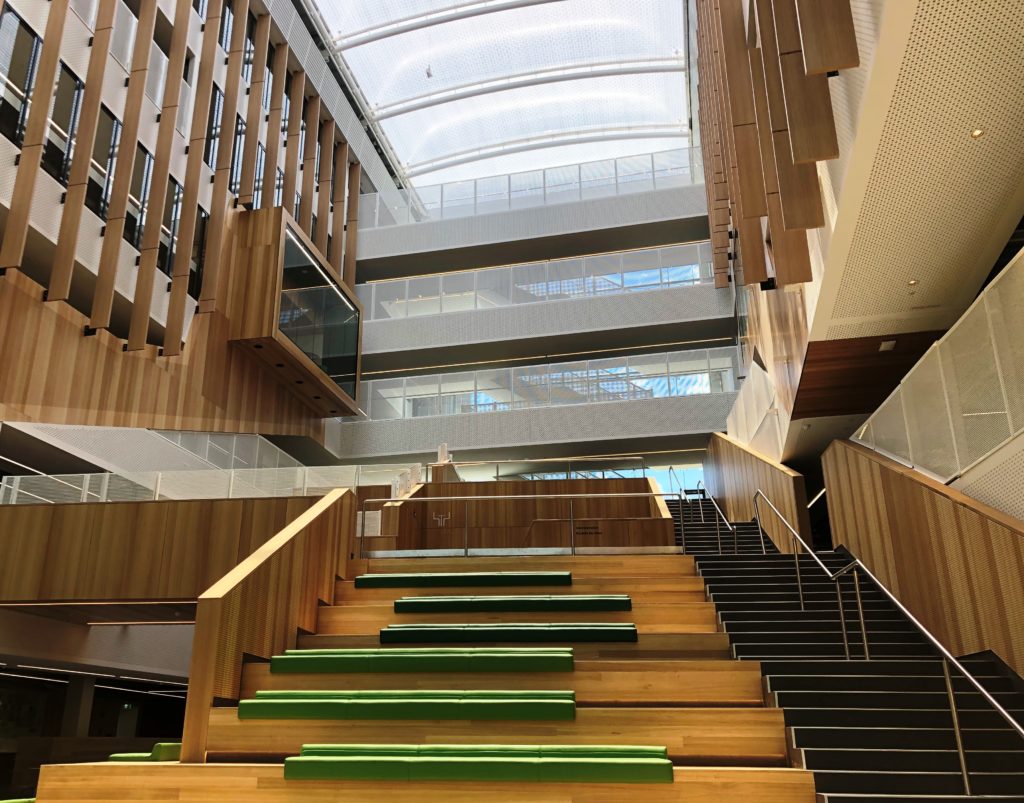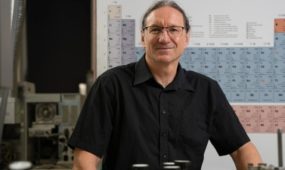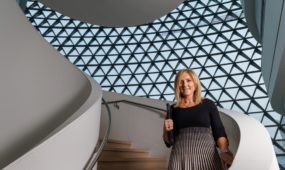Australia’s first vertical high school designed for the future of learning
Education
The new Adelaide Botanic High School brings the real world into education, according to its principal Alistair Brown.

Sign up to receive notifications about new stories in this category.
Thank you for subscribing to story notifications.
Designed by Cox Architecture and Adelaide’s Design Inc, the $100 million building is Australia’s first vertical high school and is located in the Adelaide CBD, adjacent to the city’s parklands and university precinct.
Adelaide Botanic High School Principal Alistair Brown said the building was designed to reflect the way young people will work in the future.
“A lot of work went into looking at what the learning that students will need for the future is and how the building will then respond in its design for that future learning,” he said.
“Our students will experience a very connected and exposed environment where, instead of them learning in little boxes, they are actually learning in spaces that are well connected.
“If you visit a university, you will see that collaborative learning and shared learning space are features. You will also see that in the modern workplace.
“For too long the buildings that we’ve had our students in have been so different to that and so in many ways this building is trying to bridge that gap.”
The architects had to incorporate the reuse of an existing 1960s building, the Reid Building, and a new seven-storey building.
Cox Architecture Director Adam Hannon said the light-filled atrium connecting the adapted building to the new structures provides the community heart and the opportunity for the new and old buildings to interconnect.

The atrium links the two buildings and provides a massive communal space for students.
The school is designed to have an “on display” learning environment with more open teaching spaces and an exposed architectural design.
“The learning spaces are expressed through the building architecture and the learning is very much on display. It’s a very unique and quite an amazing thing for a building,” said Hannon.
Hannon said their design was influenced by the surrounding parklands and universities.
“It’s a very natural setting within the Adelaide park-lands, but our brief was to create a STEM focus and a technology writ school, so you have this really interesting juxtaposition of a very natural setting and a science and technology based program and the bringing together of those two worlds is really exciting as part of our brief,” he said.
“A high tech school connecting with a very natural environment outside and you get a sense when you’re in here about the connections to the incredible parklands views and the trees outside as well.”
Design Inc Director Wayne Dixon said the vertical design placed the school’s main public functions at the base of the building and then becomes more focused and private towards the upper levels of the school.
“We had the opportunity to plan the school with a lot of its public functions at the base. So things like the main entry, the forum space, the heat and eat space and the fantastic tiered seating in our atrium,” said Dixon.
“As you move up the building progressively, things get more private and more technology orientated in terms of senior school teaching and learning.”
Dixon said the building’s exposed services are a valuable teaching tool as well.
“The kids can see things like cable runs, air conditioning ducts and plumbing piping,” he said.
Principal Brown said the space replicates what students will experience in the ‘real world’.
“We are hoping that this now becomes the real world.”
Jump to next article



